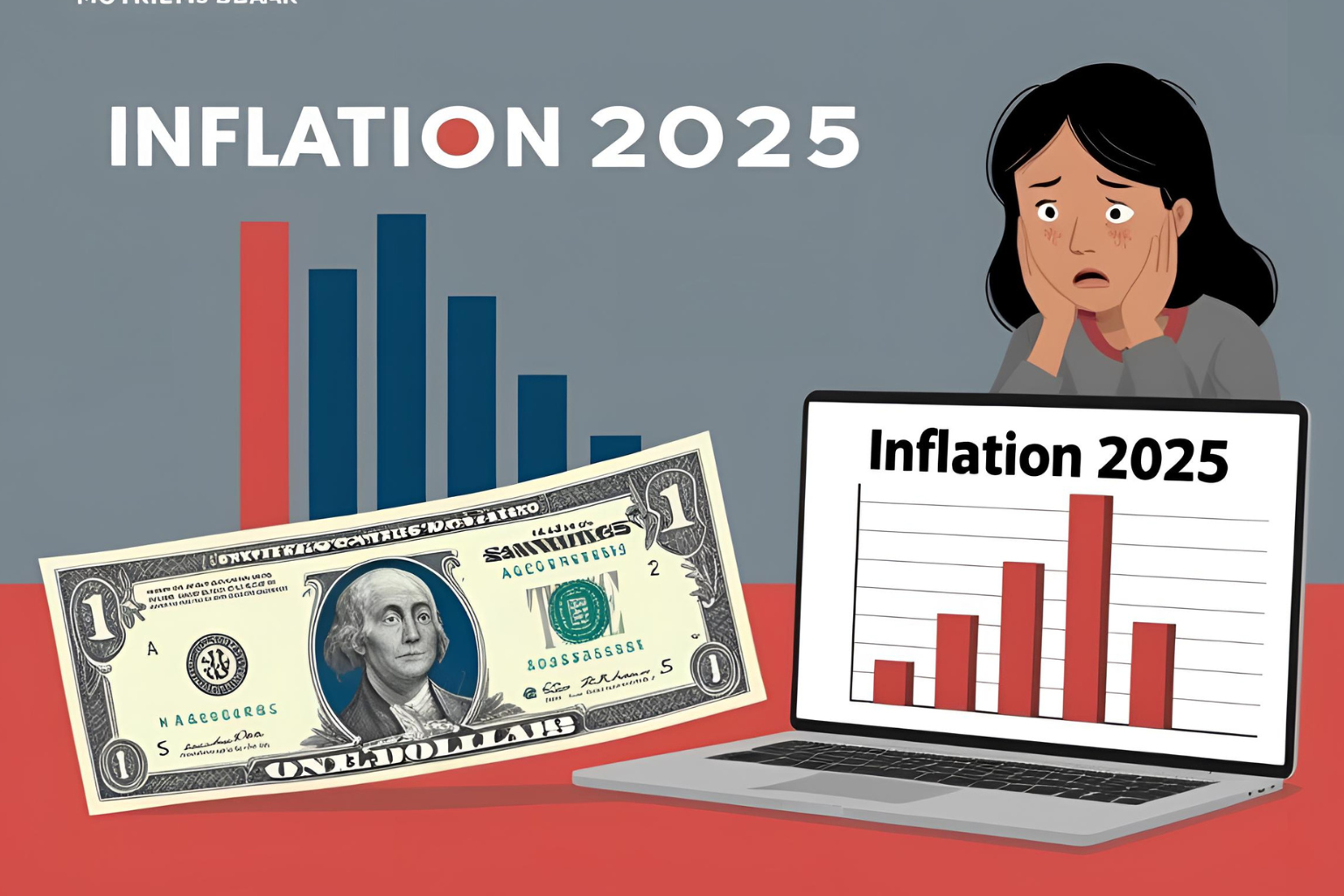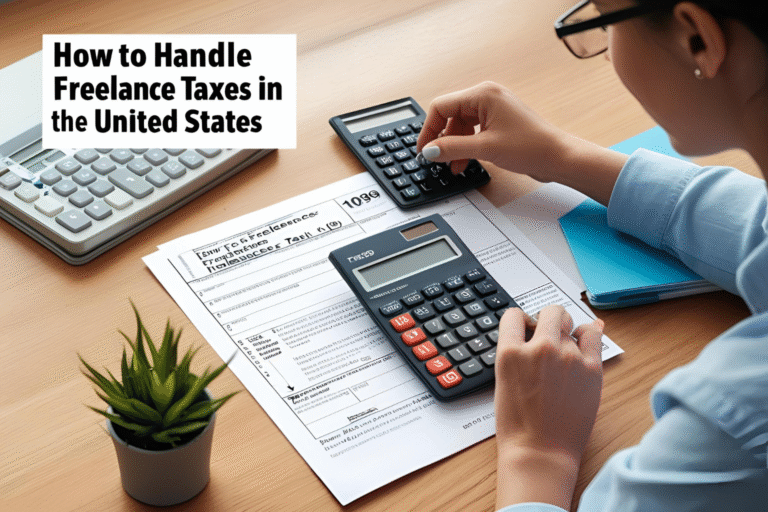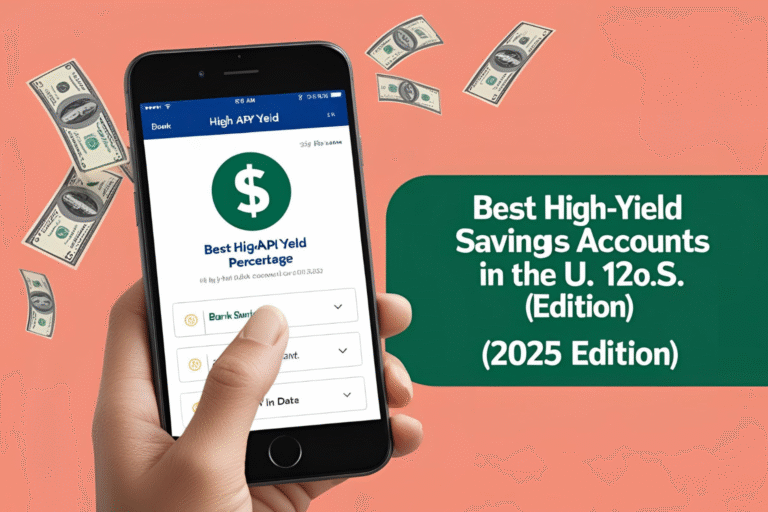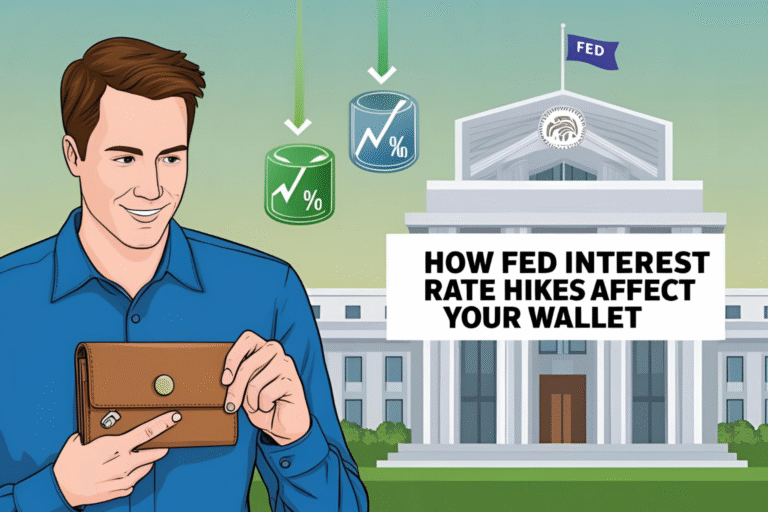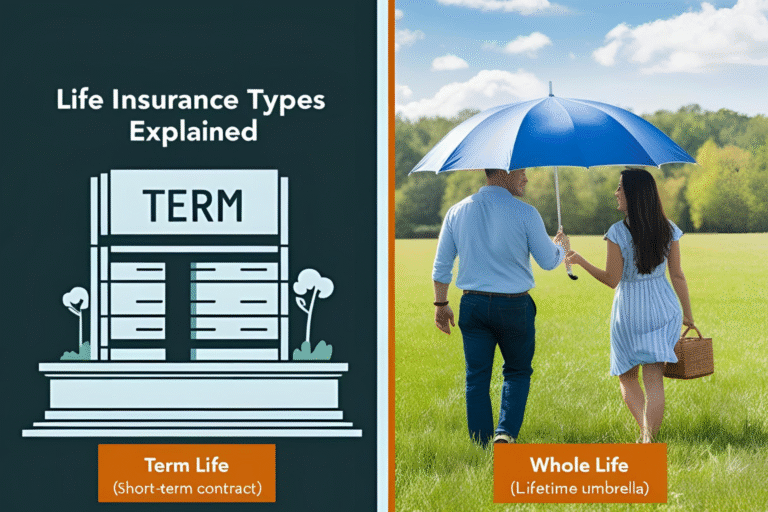What U.S. Inflation Means for Your Savings in 2025
Inflation continues to be one of the biggest concerns for American households in 2025. As prices for food, housing, and energy rise, the value of your money slowly erodes—especially if it’s sitting in a low-interest savings account.
In this post, we’ll explain how U.S. inflation affects your savings and what you can do to minimize its impact.
What Is Inflation and Why Does It Matter?
Inflation is the rate at which prices for goods and services increase over time. In 2025, U.S. inflation has remained above historical norms, impacting everything from groceries to gas.
Even modest inflation (2–3%) can reduce purchasing power. If your savings don’t earn at least that much in interest, you’re effectively losing money.
How Inflation Erodes Savings
Here’s a simple example:
- You have $10,000 in a savings account earning 0.5% interest
- Inflation is running at 4%
- After one year, your money has 4% less buying power, but only earned 0.5% in interest
Net loss in real value: approximately 3.5%
Where Most Americans Keep Their Savings
- Traditional bank savings accounts (0.01%–0.50% APY)
- Checking accounts (often 0%)
- Emergency funds in low-interest accounts
Problem: These accounts are safe but offer almost no growth. In high-inflation environments, they lose real value quickly.
Best Ways to Protect Your Savings in 2025
1. Switch to a High-Yield Savings Account (HYSA)
- Current top rates range from 4.25% to 5.25%
- FDIC insured up to $250,000
- Immediate access to funds
2. Use Series I Bonds
- U.S. Treasury-backed bonds designed to fight inflation
- Interest rate adjusts every 6 months based on inflation data
- Annual limit: $10,000 per person
3. Invest for Long-Term Growth
- Consider low-risk index funds, ETFs, or retirement accounts
- These options may beat inflation over time, though they carry some risk
4. Reduce Cash Holdings
- Keep 3–6 months of expenses in cash for emergencies
- Move excess savings to interest-earning or inflation-hedged assets
How Inflation Affects Different Savings Goals
| Goal Type | Impact of Inflation | Strategy |
|---|---|---|
| Emergency Fund | Erosion if parked in low-rate | Use HYSA or short-term CDs |
| Short-Term Goals | Inflation reduces purchasing power | Use I Bonds or money market funds |
| Long-Term Goals | Compound loss if uninvested | Invest in diversified portfolios |
Final Thoughts
Inflation isn’t just an abstract economic term—it directly affects your everyday savings. To protect your money in 2025 and beyond, move beyond traditional accounts and explore smarter ways to grow your savings while preserving its value.
FAQs
Is my savings account safe from inflation?
It’s safe from loss, but not from loss of value. Your purchasing power declines if interest is lower than inflation.
Are high-yield savings accounts worth it?
Yes. They don’t beat inflation completely but offer much better protection than traditional banks.
What is the best hedge against inflation?
Investments like I Bonds, real estate, and diversified index funds are commonly used hedges.
How often should I review my savings strategy?
At least once or twice a year—especially during high inflation periods.
Can inflation help me in any way?
If you have fixed-rate debt (like a mortgage), inflation reduces the real cost of your repayments over time.
